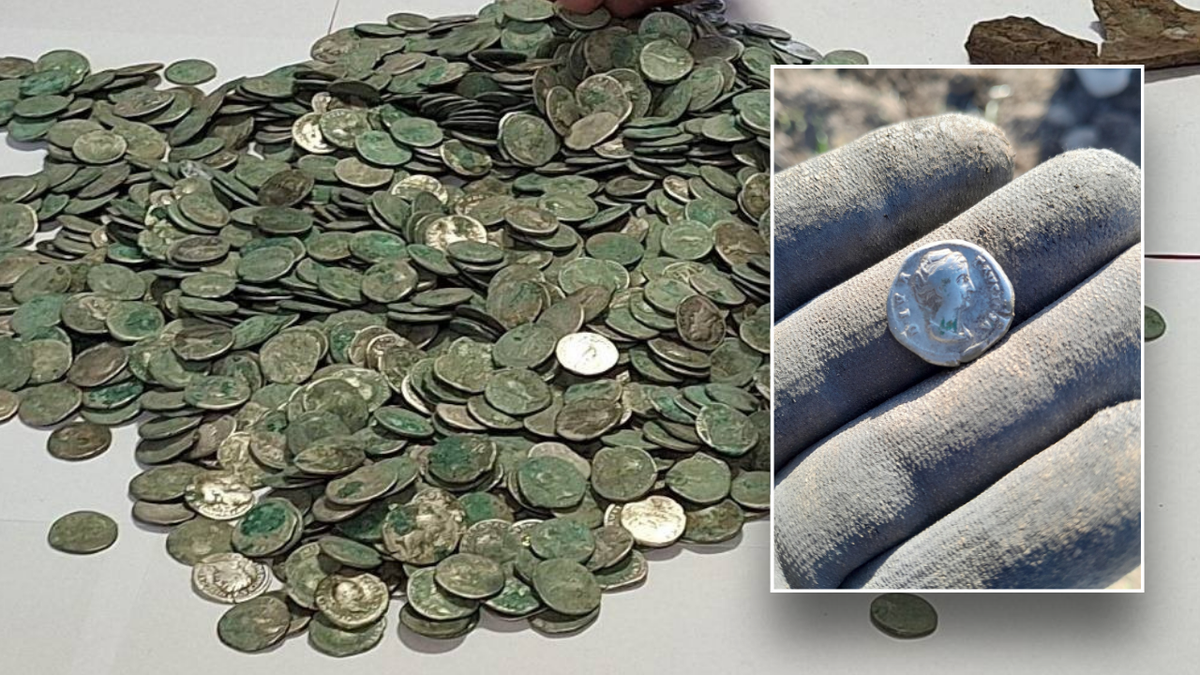Cosmic Iron in Early Iron Age Ornaments
A groundbreaking study has revealed that some of Poland’s earliest Iron Age ornaments were crafted from metal that originated in space. This discovery sheds new light on ancient metalworking practices and suggests that early civilizations may have worked with meteoric iron much earlier than previously believed.
Discovery of Meteoric Iron in Burial Sites
Archaeologists unearthed 26 iron ornaments from two burial sites in southern Poland—Częstochowa-Raków and Częstochowa-Mirów—located just six kilometers apart. Among these, four artefacts, including three bracelets, an ankle ring, and a pin, contained iron from meteorites. Dating back to 750-600 BCE, these artefacts represent one of the most significant collections of meteoritic iron objects found at a single archaeological site worldwide.
Meteor Showers and Ancient Metalworking
The iron artefacts unearthed from an early Iron Age archaeological site in Poland(Image: Jambon et al. (2025))
Lead researcher Dr. Albert Jambon and his team believe that these meteorites were not stumbled upon by chance. Instead, ancient inhabitants may have witnessed a meteor shower and actively sought out fragments of the rare celestial metal.
Interestingly, the findings indicate that iron may not have been considered a particularly valuable material at the time. Unlike other prestigious metals such as gold or gemstones, these iron objects were discovered in a variety of graves without signs of luxury burial goods. Dr. Jambon noted that while iron was once ten times more expensive than gold during the Bronze Age, its value dropped significantly in the early Iron Age, becoming even cheaper than copper.
Advanced Analysis Reveals Rare Space Rock
The research team employed advanced techniques, including X-ray microtomography, to examine the internal structure of the artefacts. Their analysis confirmed that the metal originated from an ataxite meteorite, an extremely rare type of space rock with high nickel content.
Unlocking the Origins of Iron Smelting
Dr. Jambon’s research aims to trace the origins of iron smelting—the process of extracting iron from ore by heating it to high temperatures. “The goal of my study is to determine who first discovered iron smelting, when it happened, and where it took place. To do that, we need to analyze ancient iron objects and differentiate between those made from meteoritic iron and those produced through smelting,” he explained.
A New Piece in the Puzzle of Ancient Civilizations
Although the number of celestial iron artefacts found is small, their significance rivals similar discoveries in ancient Egyptian sites. This find adds another layer to our understanding of early cultures and their interaction with materials from beyond our planet.
The full study is published in the Journal of Archaeological Science: Reports.









